China has many traditional musical instruments. They are known for their long history, beautiful tones and rich tunes. The following are the top ten traditional musical instruments in my country, let’s take a look.
See Also: Top 10 Music Schools in China
1. Drums 鼓
Drums are traditional Chinese percussion instruments. It has a strong sense of resonance and the sound can be carried over great distances, so the drum is a great tool to boost the morale of soldiers. It is said that the Yellow Emperor used to play drums with animal skins to cheer up his army in the war with Chi You.
According to the Book of Rites, clay drums appeared in ancient times. However, it is mainly used as a sacrificial tool to connect the human world and heaven. Later, animal skins were used to make drums. During the Zhou Dynasty, there were specialized personnel to manage the production and hitting of drums. Different kinds of drums are made for various occasions.
For example, thunder drums were made for sacrifice. Golden drums are made for playing, and split drums are mainly used in military parades. Later, many other types of drums were developed. They have gradually become essential instruments in traditional bands, opera, dance, rowing and holiday parties.
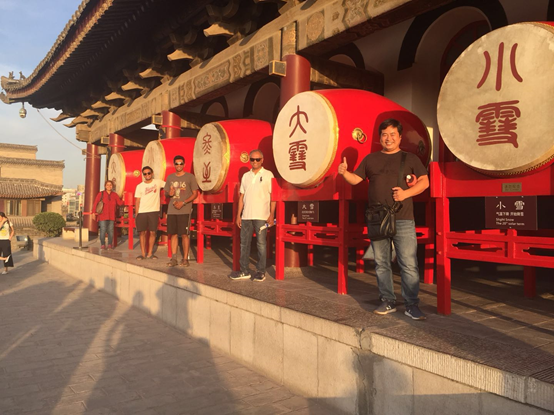
2. Sheng 笙
Sheng is an ancient Chinese reed musical instrument, and it is also the earliest musical instrument to use free reeds. It consists of 36 bamboo tubes of different sizes. The sound is produced by the air flow caused by the vibration of the vibrating panpipe. In traditional opera performances, the sheng is used as an accompaniment to the flute and suona.
In 1978, some sheng dating back to 2,400 years ago were unearthed from the tomb of the Marquis of Zengguo in Hubei Province. This is considered to be the oldest Sheng in China. However, oracle bone inscriptions from the Shang Dynasty (1401-1122 BC) indicate that the sheng already existed at that time. During the Spring and Autumn Period and the Warring States Period, the Sheng became a popular accompaniment instrument.
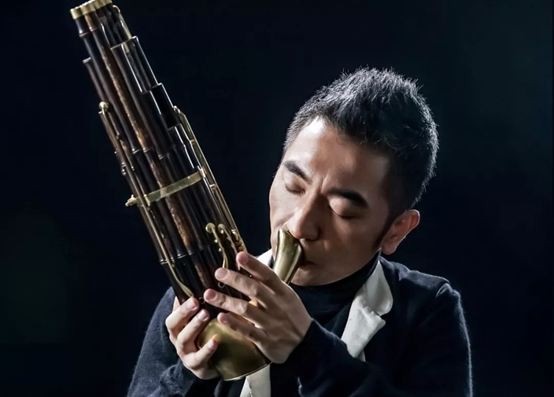
3.Xun 埙
Xun is one of the oldest wind instruments in China. It originated from a hunting tool called “Stone Meteor”. Ancient people made stone meteors out of stone balls, mud balls, and ropes, which were usually hollow and made a resonating sound when people tied them to ropes.
Later, the ancients discovered that the same interesting sound could be produced by blowing a ball. The first xuns were mostly made of stone or bone, and later they invented the pottery xun, and the shapes were more diverse. The pear-shaped xun is the most common type. It has an opening at the top, holes in the body, and a flat bottom. The ordinary xun can produce a full heptatonic scale.
4. Qin 琴
Qin is a traditional Chinese plucked musical instrument with a history of more than 3,000 years. Wide sound range, deep timbre, and long residual sound.
Ancient times have different stories about who invented the qin, but they agree on how the strings are set. It is said that King Shun made the first five strings for the qin, and King Wen of the Zhou Dynasty added another one. Later, King Wu of the Zhou Dynasty added another string, and finally made the qin a lyre.
In feudal China, a person’s good cultural accomplishment was judged by whether he/she could play the piano, chess, calligraphy and painting. Playing the qin was the first skill that ancient Chinese scholars had to master. The audience must take it seriously when playing the violin and pay their respects after the performance.
Therefore, the qin is a high-class musical instrument played only in front of distinguished guests. Today, only 3,360 traditional tunes, 130 scores and 300 songs played on the piano remain. In 2003, the traditional Chinese qin was included in the World Cultural Heritage List.
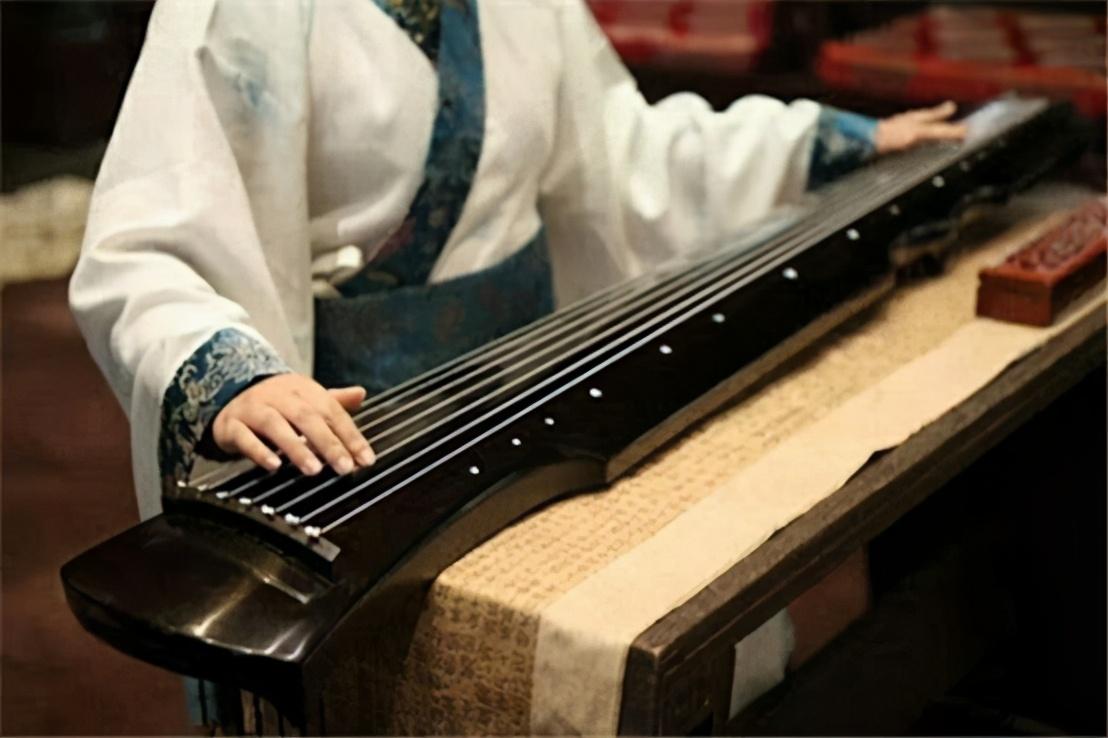
5. Se 瑟
Se is an ancient Chinese stringed instrument. It is similar in shape to a qin, but larger and has more strings. There is a consensus on when and how the serpent was invented.
The discovery of se in Chu tombs of the Eastern Zhou Dynasty (770-256 BC) in Hubei, Hunan and Henan shows that se has a long history. According to legend, Se appeared in the Xia Dynasty and became popular in later dynasties. During the Tang Dynasty (618-907), it was often used as an accompaniment for the imperial palace in court music. After the Tang Dynasty, Se gradually lost his popularity.
6. Flute 长笛
The flute is a common woodwind instrument in traditional Chinese music. The earliest bone flute was unearthed from a Neolithic site in Wuyang County, Henan Province, and dates back 8,000 years, suggesting that the flute is the oldest musical instrument ever recorded in China. There are three types of flutes in China, the bamboo flute in southern China, the bang flute in northern China, and the alto flute.
Due to the cheapness of bamboo materials, bamboo flutes are the most common, and bamboo can make musical sounds. In addition, the flute has a wide range and can play more music. Therefore, the flute plays a vital role in Chinese folk music, opera, traditional music dance and modern music.
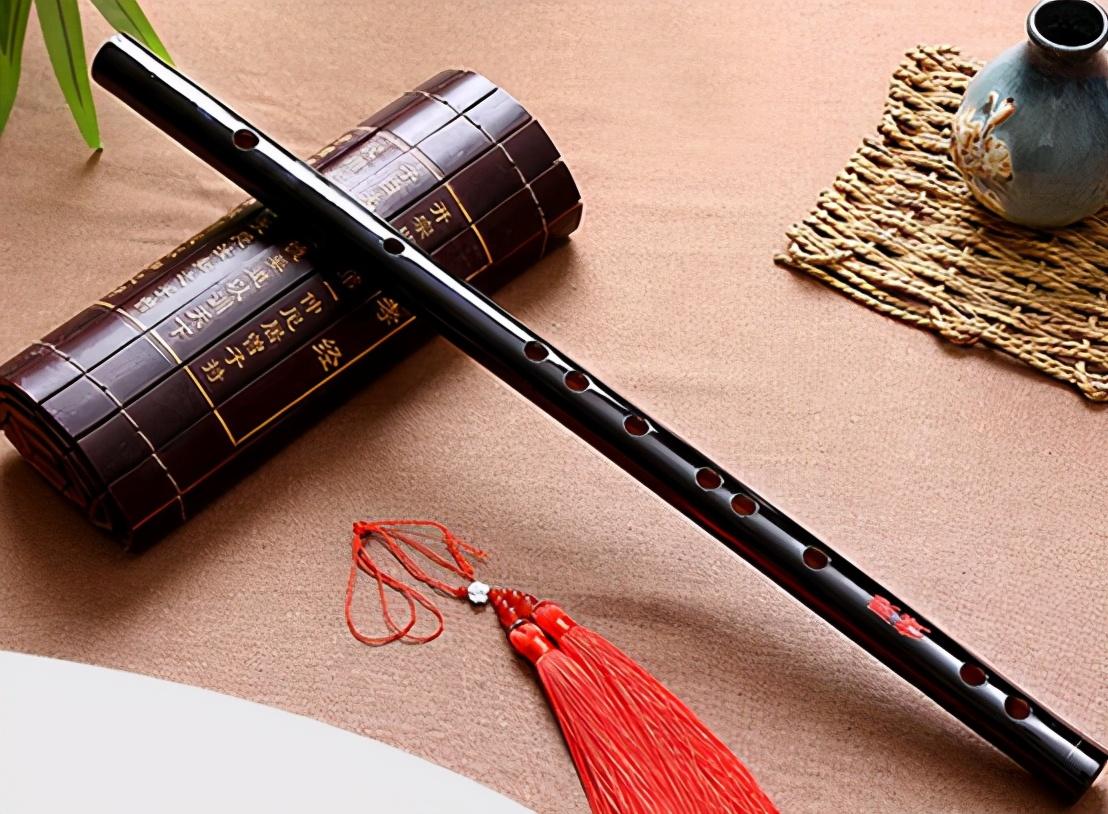
7. Xiao 萧
Xiao, is another Chinese wind instrument. It’s a lot like a recorder. Before the Han Dynasty (202 BC – 9 BC), Xiao was also known as the flute. Xiao and the flute have been separated since the Tang Dynasty.
The pan flute was invented as an instrument of court music. In the Yuan Dynasty, people made a distinction between Pai Xiao and Xiao. By the Ming Dynasty, Xiao, pan flute and flute were very different. In modern times, the pan flute is no longer popular. Only the traditional vertical pan flute is used in traditional Chinese music performances.
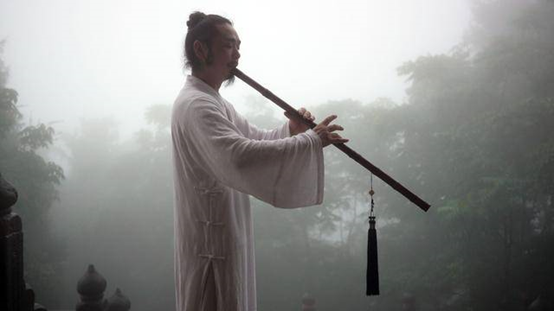
8. Chimes 编钟
Chime is a traditional Chinese percussion instrument. They sprung up in the Zhou Dynasty and were very popular before the Han Dynasty. China is also the first country to produce and play wind chimes. A typical set of chimes is made of bronze and the bells are hung on huge beams. Each bell is arranged according to its size and sound.
A pair of special mallets are used to strike the bell. In 1978, during the Warring States Period (475 BC – 221 BC) in Suizhou, Hubei, a complete set of chimes was unearthed. It’s the best sound ever found.
The chimes are large enough to occupy the entire stage of a modern concert hall. The whole bell is composed of 19 bull bells, 45 Yong bells and one uncle bell. These chimes are collected in the Hubei Provincial Museum, and there are regular chime performances every day.
9. Erhu 二胡
Erhu is a traditional folk musical instrument that originated from the Korean people in the Tang Dynasty. It belongs to the bowed string instrument family. Erhu can vividly express multi-layered emotions, whether they are profound and tragic or powerful and majestic.
Since modern times, many beautiful Erhu masterpieces have been produced, including “The Reflection of the Spring in the Second Moon”, “Sad River” and “Capriccio on the Great Wall”, setting off a wave of Erhu in China.
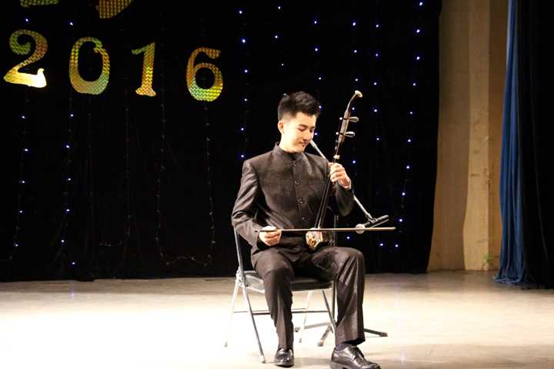
10. Pipa 琵琶
The pipa is a traditional Chinese musical instrument that first appeared in the Qin Dynasty (221 BC – 207 BC). This is a unique plucked string instrument invented by nomads. Ancient people played while riding horses.
The movement of advancing the string is called Pi, and the movement of advancing the string is called arpeggio. Hence its name Pipa. When played, the lute must be upright with the smaller end at the top. The left hand must press the strings and the right hand moves around to make the sound.